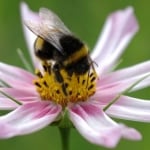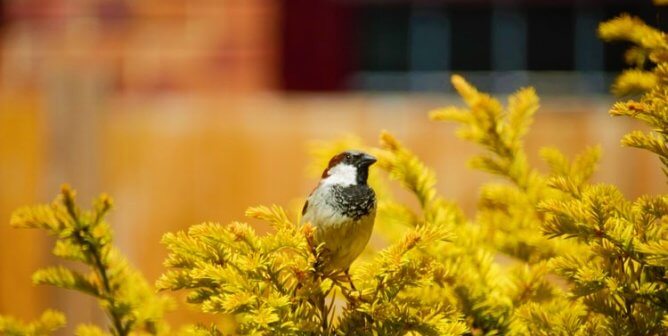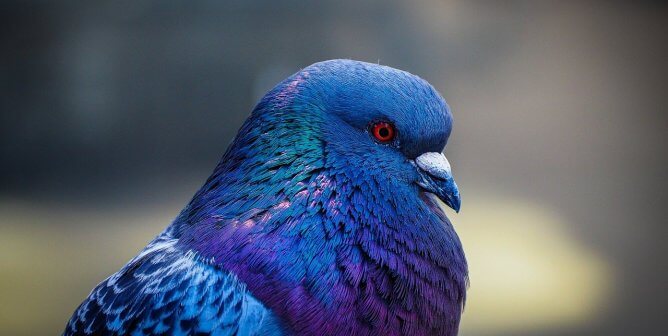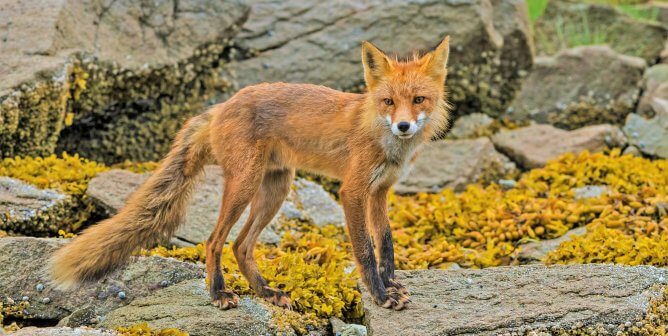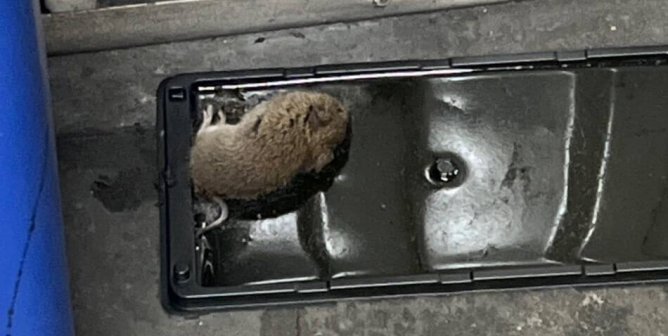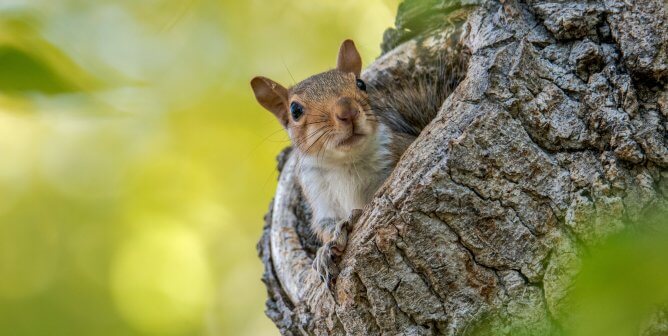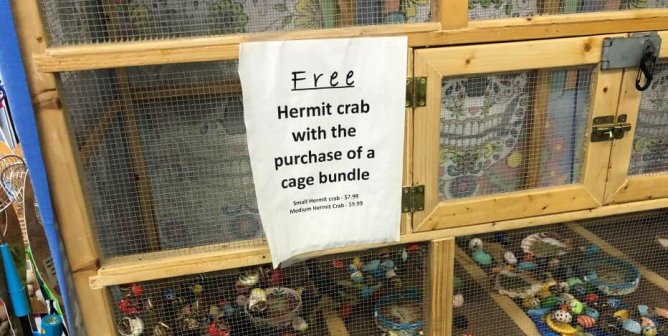Wasps and Bees
Most of the 20,000 species of wasps are solitary, but because solitary wasps do not sting, most humans are more familiar with social wasps, who live in complex communities, than their solitary cousins. Though very few social wasps, such as paper wasps, mud daubers, yellow jackets, hornets, and umbrella wasps, create homes near human dwellings, all wasps play vital roles in ecosystems.
Wasps are classified in the same insect order (Hymenoptera) as bees, so it’s not surprising that people often mistake common wasps like yellow jackets, who have fuzzy yellow and black-striped bodies, for bees.
Wasps are the pinnacle of animal architects. They construct hanging nests (hives) from structures or build subterranean combs or ground nests. When wasps build hives, they don’t re-use them from year to year, because they disintegrate over the winter. Ground nests, on the other hand, are extremely durable. One type of wasp in South America builds such resilient structures that ground nests from the 1700s are still intact today.
Yellow jackets are social wasps and generally nest in the ground, but they will occasionally nest in hollow logs and cinderblock fences. Their nests are made into thousands of cells from masticated wood pulp and leaf litter.
Around 900 species of the world’s social wasps live in highly organized societies consisting almost entirely of females. A single female yellow jacket begins a new colony each spring. During the summer, worker wasps emerge, and the colony begins to grow to as large as 25,000 individuals. This is usually when the nest becomes noticeable to humans. But in the fall, colonies will begin to decline as the male workers die and the queens leave their nests to search for places to hibernate, such as under loose bark or in decaying stumps.
Yellow jackets and wasps are elaborate and fascinating social insects who communicate with each other through the complex use of chemicals known as pheromones. Wasps and other insects use different hormones produced in their bodies to signal where food can be found or to alert the colony to the presence of an intruder. For example, when a wasp stings a human approaching a nest, the small insect simultaneously emits a chemical that signals the rest of the colony to attack.
Only female bees and wasps can sting. Males do not have the egg-laying ovipositor that is modified into a stinger on female insects. Unlike bees, these female wasps have the ability to sting a target multiple times because their stinger does not fall off after use.
If yellow jackets seem more aggressive than bees or hornets, it’s for a good reason. They are the only wasps in North America who produce a large amount of offspring. Because of this, their nests offer a great nutrient jackpot to predators like raccoons, skunks, and bears, causing these wasps to selflessly defend their families.
Yellow jackets will not sting a person at rest if they have not been disturbed by some agitation of their nest or threatened by swatting or other quick movement of the arms or legs. They may land on your skin to inspect a smell or get water, but they will leave if you stay calm and do not move quickly.
Because of the beneficial predatory role that wasps play in suppressing a wide variety of insects, your objective should be to reduce encounters with these animals, not to eliminate them from the area entirely. Wasps eat ticks and feed their young other insects such as houseflies and blowflies. They also pollinate crops such as melons and spinach.
In order to remove an active nest, you should simply wait for the queen to vacate the nest and then fill the remaining hole with soil to keep another queen from occupying the same gallery the following spring.
To avoid contact with wasps, never work in the yard or garden wearing yellow or white, since these colors attract insects. Many insects cannot see red, making it a good color to wear when working in the yard. You should also minimize olfactory enticements such as perfumes, colognes, hair sprays, and other fragrances, and by all means, never walk barefoot.
Don’t leave outside lights on any longer than you have to at night, since this attracts insects and everything that eats them. You should also avoid squashing a wasp—the action causes the wasp’s dead body to release a chemical alarm that signals other wasps in the area to attack.
Avoid sugar and meat snacks, especially in open containers, and keep garbage cans well sealed and as clean as possible. Companion animals should be fed indoors or on screened porches. If you have playground equipment, make sure you plug the ends of the pipes to prevent wasps from settling in them.
Removal or relocations by live trapping should always be a last resort. Solitary wasps can be effectively removed one by one by catching them in a jar and releasing them. But since solitary wasps do not sting, it is probably best to leave them alone.
Communal wasp colonies easily maintain and reproduce their population, so removing individuals will not effectively reduce their numbers. The whole community must be removed at once, which can be a dangerous task, so it’s far better to leave the wasps alone during the problem season, and then seal up the points of entry during the fall or winter.
If a wasp enters your moving car, pull over to the side of the road and stop if possible. Open the car windows or doors and wait for the insect to leave. If the wasp is moving slowly, deliberately guide the animal out of the vehicle with a piece of paper.

